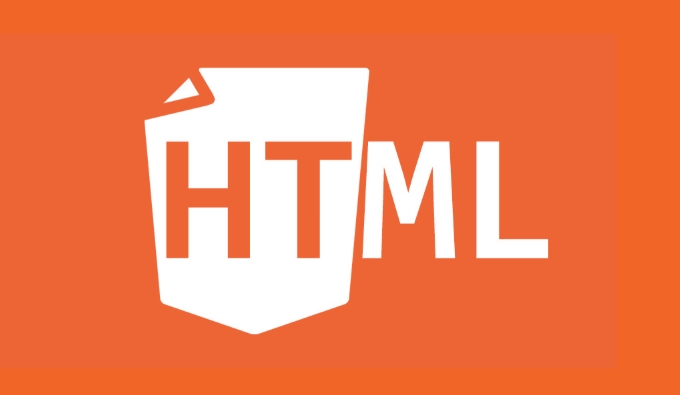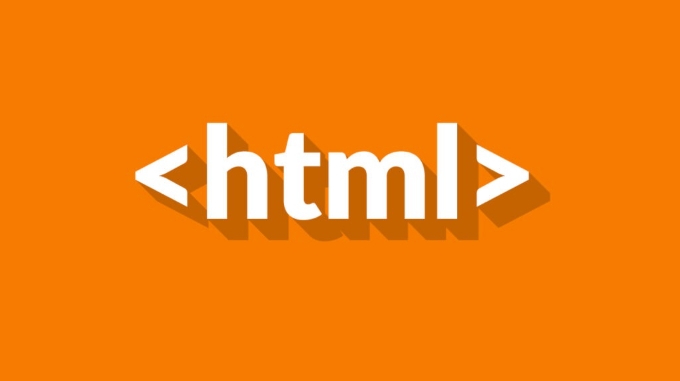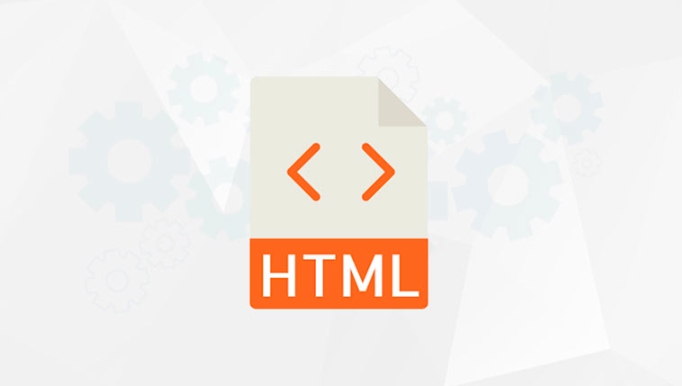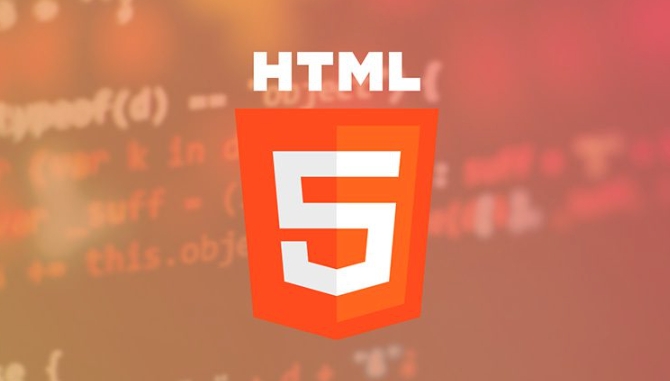Utilizing the HTML textarea Element for Multi-Line Text Input
Jul 08, 2025 am 12:50 AMThe HTML <textarea> element is used for multi-line text input, offering features like default text, styling, and JavaScript interaction. 1. It allows users to enter multiple lines of text, unlike single-line input fields. 2. Default text can be set either as placeholder or editable content inside the tags. 3. Resizing behavior and appearance can be controlled using CSS properties like resize, font size, and padding. 4. JavaScript can access and manipulate textarea values, enabling real-time input handling and validation.

When you need users to enter multiple lines of text on a webpage—like comments, messages, or form responses—the HTML <textarea></textarea> element is the go-to solution. It’s simple to use but offers enough flexibility for most basic and intermediate use cases.

Basic Usage and Structure
The <textarea></textarea> tag creates a resizable text box where users can type in more than one line. Unlike input fields, which only accept single-line text, textareas are built for longer content.

Here's a minimal example:
<textarea name="message" id="message" cols="30" rows="10"></textarea>
colssets the width (number of characters visible)rowsdefines how many lines tall it should be
These values are just starting points; styling with CSS usually gives better control over layout.

Setting Default Text
You can include placeholder text inside the <textarea> tags, like so:
<textarea>Enter your message here...</textarea>
This text will appear by default and disappear when the user starts typing. However, if you want a non-editable hint, consider using the placeholder attribute instead:
<textarea placeholder="Tell us what's on your mind..."></textarea>
One thing to note: the inner text and the placeholder serve different purposes. Placeholder text is temporary and disappears after focus, while default content stays until edited.
Styling and Resizing Options
By default, most browsers let users resize a textarea by dragging its corner. If you'd rather control that behavior, use the CSS resize property:
textarea {
resize: none; /* disables resizing */
}Or limit resizing to vertical or horizontal directions:
resize: vertical;resize: horizontal;
Styling goes beyond resizing. You can change font size, padding, borders, and more to match your design. Just remember to keep usability in mind—very small or oddly shaped text areas can frustrate users.
Handling Input with JavaScript
Textareas behave like other form elements, making them easy to work with via JavaScript. For example, you can access their value like this:
const myTextarea = document.getElementById('message');
console.log(myTextarea.value);This comes in handy when validating forms or dynamically updating content. Want to count characters as the user types? Here’s a quick way:
myTextarea.addEventListener('input', function() {
console.log(`Characters typed: ${this.value.length}`);
});If you're building something like a live preview or auto-saving form, reading from the textarea in real time becomes essential.
That’s the core of working with textareas. They’re straightforward but flexible enough for a variety of input needs. The key points—default text, styling options, and handling input—are all things to keep in mind depending on your specific use case.
The above is the detailed content of Utilizing the HTML textarea Element for Multi-Line Text Input. For more information, please follow other related articles on the PHP Chinese website!

Hot AI Tools

Undress AI Tool
Undress images for free

Undresser.AI Undress
AI-powered app for creating realistic nude photos

AI Clothes Remover
Online AI tool for removing clothes from photos.

Clothoff.io
AI clothes remover

Video Face Swap
Swap faces in any video effortlessly with our completely free AI face swap tool!

Hot Article

Hot Tools

Notepad++7.3.1
Easy-to-use and free code editor

SublimeText3 Chinese version
Chinese version, very easy to use

Zend Studio 13.0.1
Powerful PHP integrated development environment

Dreamweaver CS6
Visual web development tools

SublimeText3 Mac version
God-level code editing software (SublimeText3)

Hot Topics
 How do I stay up-to-date with the latest HTML standards and best practices?
Jun 20, 2025 am 08:33 AM
How do I stay up-to-date with the latest HTML standards and best practices?
Jun 20, 2025 am 08:33 AM
The key to keep up with HTML standards and best practices is to do it intentionally rather than follow it blindly. First, follow the summary or update logs of official sources such as WHATWG and W3C, understand new tags (such as) and attributes, and use them as references to solve difficult problems; second, subscribe to trusted web development newsletters and blogs, spend 10-15 minutes a week to browse updates, focus on actual use cases rather than just collecting articles; second, use developer tools and linters such as HTMLHint to optimize the code structure through instant feedback; finally, interact with the developer community, share experiences and learn other people's practical skills, so as to continuously improve HTML skills.
 How do I embed PHP code in an HTML file?
Jun 22, 2025 am 01:00 AM
How do I embed PHP code in an HTML file?
Jun 22, 2025 am 01:00 AM
You can embed PHP code into HTML files, but make sure that the file has an extension of .php so that the server can parse it correctly. Use standard tags to wrap PHP code, insert dynamic content anywhere in HTML. In addition, you can switch PHP and HTML multiple times in the same file to realize dynamic functions such as conditional rendering. Be sure to pay attention to the server configuration and syntax correctness to avoid problems caused by short labels, quotation mark errors or omitted end labels.
 How do I embed video in HTML using the element?
Jun 20, 2025 am 10:09 AM
How do I embed video in HTML using the element?
Jun 20, 2025 am 10:09 AM
To embed videos in HTML, use tags and specify the video source and attributes. 1. Use src attributes or elements to define the video path and format; 2. Add basic attributes such as controls, width, height; 3. To be compatible with different browsers, you can list MP4, WebM, Ogg and other formats; 4. Use controls, autoplay, muted, loop, preload and other attributes to control the playback behavior; 5. Use CSS to realize responsive layout to ensure that it is adapted to different screens. Correct combination of structure and attributes can ensure good display and functional support of the video.
 How do I minimize the size of HTML files?
Jun 24, 2025 am 12:53 AM
How do I minimize the size of HTML files?
Jun 24, 2025 am 12:53 AM
To reduce the size of HTML files, you need to clean up redundant code, compress content, and optimize structure. 1. Delete unused tags, comments and extra blanks to reduce volume; 2. Move inline CSS and JavaScript to external files and merge multiple scripts or style blocks; 3. Simplify label syntax without affecting parsing, such as omitting optional closed tags or using short attributes; 4. After cleaning, enable server-side compression technologies such as Gzip or Brotli to further reduce the transmission volume. These steps can significantly improve page loading performance without sacrificing functionality.
 How has HTML evolved over time, and what are the key milestones in its history?
Jun 24, 2025 am 12:54 AM
How has HTML evolved over time, and what are the key milestones in its history?
Jun 24, 2025 am 12:54 AM
HTMLhasevolvedsignificantlysinceitscreationtomeetthegrowingdemandsofwebdevelopersandusers.Initiallyasimplemarkuplanguageforsharingdocuments,ithasundergonemajorupdates,includingHTML2.0,whichintroducedforms;HTML3.x,whichaddedvisualenhancementsandlayout
 How do I use the element to represent the footer of a document or section?
Jun 25, 2025 am 12:57 AM
How do I use the element to represent the footer of a document or section?
Jun 25, 2025 am 12:57 AM
It is a semantic tag used in HTML5 to define the bottom of the page or content block, usually including copyright information, contact information or navigation links; it can be placed at the bottom of the page or nested in, etc. tags as the end of the block; when using it, you should pay attention to avoid repeated abuse and irrelevant content.
 What is the declaration, and what does it do?
Jun 24, 2025 am 12:57 AM
What is the declaration, and what does it do?
Jun 24, 2025 am 12:57 AM
Adeclarationisaformalstatementthatsomethingistrue,official,orrequired,usedtoclearlydefineorannounceanintent,fact,orrule.Itplaysakeyroleinprogrammingbydefiningvariablesandfunctions,inlegalcontextsbyreportingfactsunderoath,andindailylifebymakingintenti
 How do I use the tabindex attribute to control the tab order of elements?
Jun 24, 2025 am 12:56 AM
How do I use the tabindex attribute to control the tab order of elements?
Jun 24, 2025 am 12:56 AM
ThetabindexattributecontrolshowelementsreceivefocusviatheTabkey,withthreemainvalues:tabindex="0"addsanelementtothenaturaltaborder,tabindex="-1"allowsprogrammaticfocusonly,andtabindex="n"(positivenumber)setsacustomtabbing






